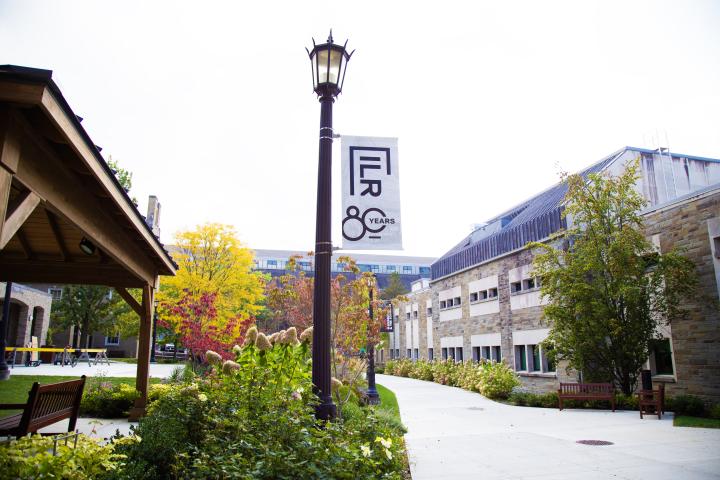Labor Politics in China
Worker resistance in China grew rapidly starting around 2000, while sections of Chinese government moved in a pro-labor direction.
Seem contradictory?
Assistant Professor Eli Friedman explains what’s going on in "Insurgency Trap: Labor Politics in Postsocialist China."
Published in June by Cornell University Press, it analyzes the "insurgency trap" that Friedman argues was created by the government and which makes it unable to quell worker unrest.
"Labor conflict in the process of capitalist industrialization is certainly not unique to China and indeed has appeared in a wide array of countries around the world," he said.
"What is distinct in China, however, is the combination of postsocialist politics with rapid capitalist development."
Most factory employees migrated from rural areas of China to work in the manufacturing plants which have sprung up over the past generation.
Spontaneous wildcat strikes are how many workers leverage their voices now that the country has become a capitalist state.
For example, thousands walked out of the Yue Yuen factories – where Nike, Adidas and other brands are produced – in April protesting underpayment of benefits. The Chinese government stepped in and forced workers back on the job, but also ordered back payments.
The Chinese government created and controls the only union the state recognizes -- the All China Federation of Trade Unions.
The state does not tolerate independent unions, so workers express themselves in wildcat strikes and other disruptions. When manufacturing comes to a halt, it can result in major losses for employers and the state.
"Other countries undergoing capitalist industrialization have incorporated relatively independent unions to tame labor conflict and channel insurgent workers into legal and rationalized modes of contention," he said.
In contrast, China has established a one-union approach, which has been accompanied by frequent worker protests.
In Guangdong and Zhejiang provinces, labor unions are experimenting with new initiatives, leadership models and organizational forms in an attempt to give workers a more effective voice, Friedman says in his book.


